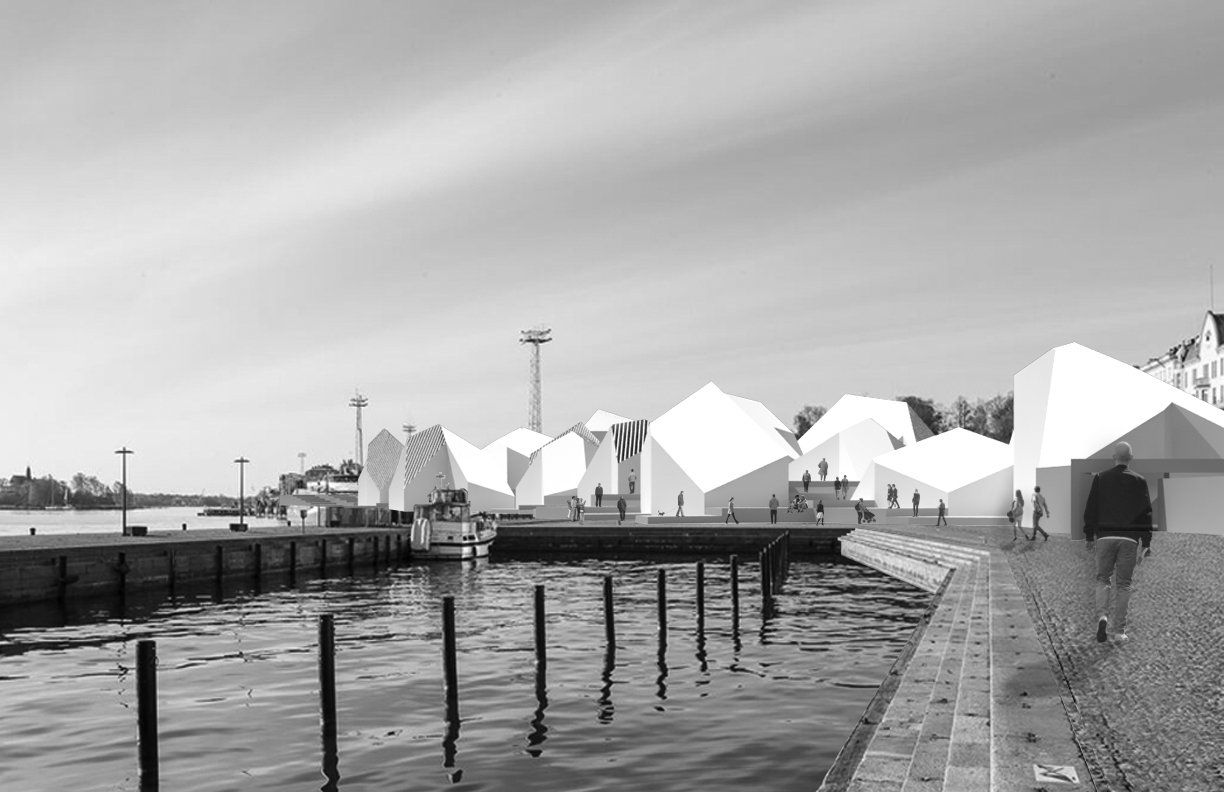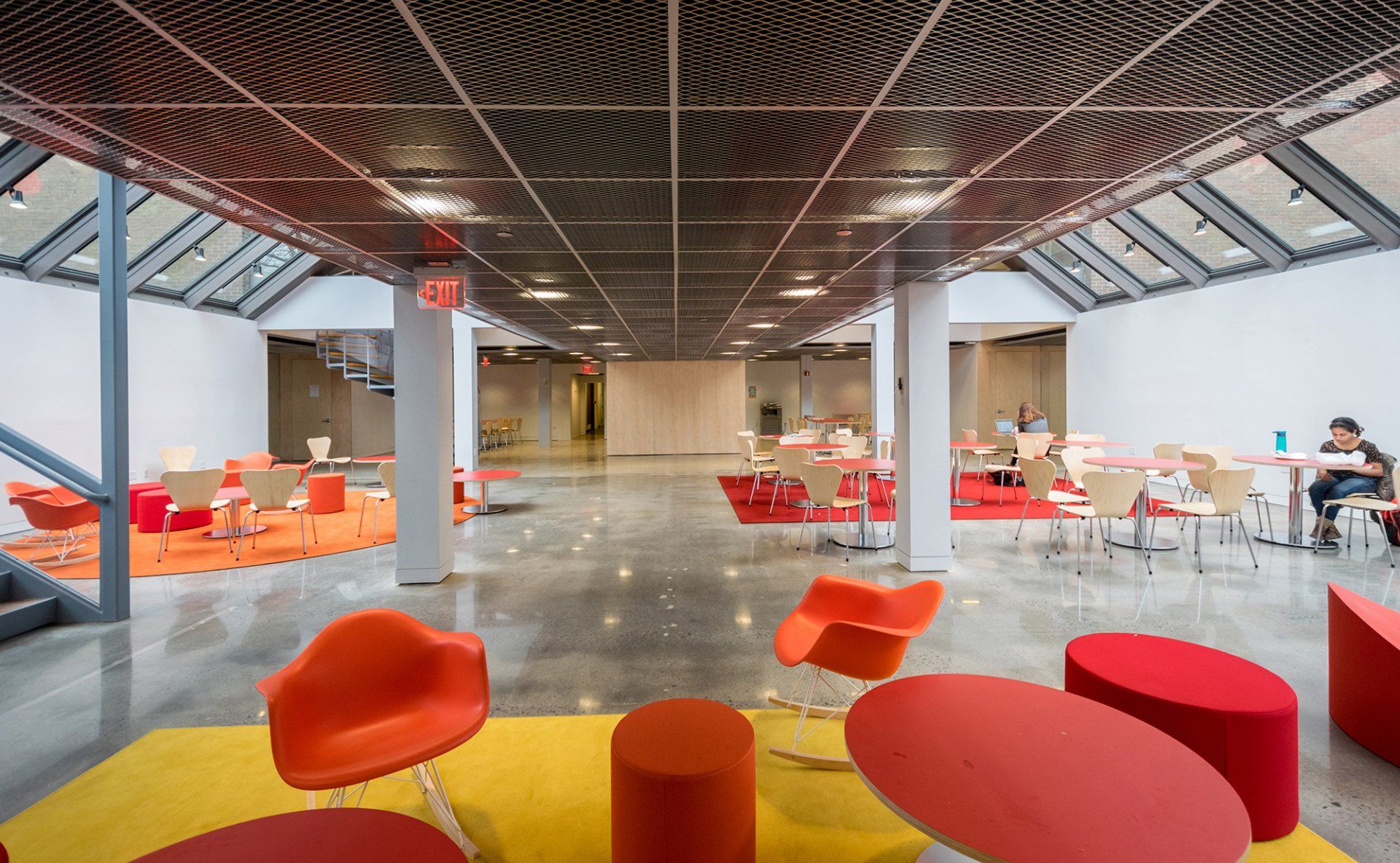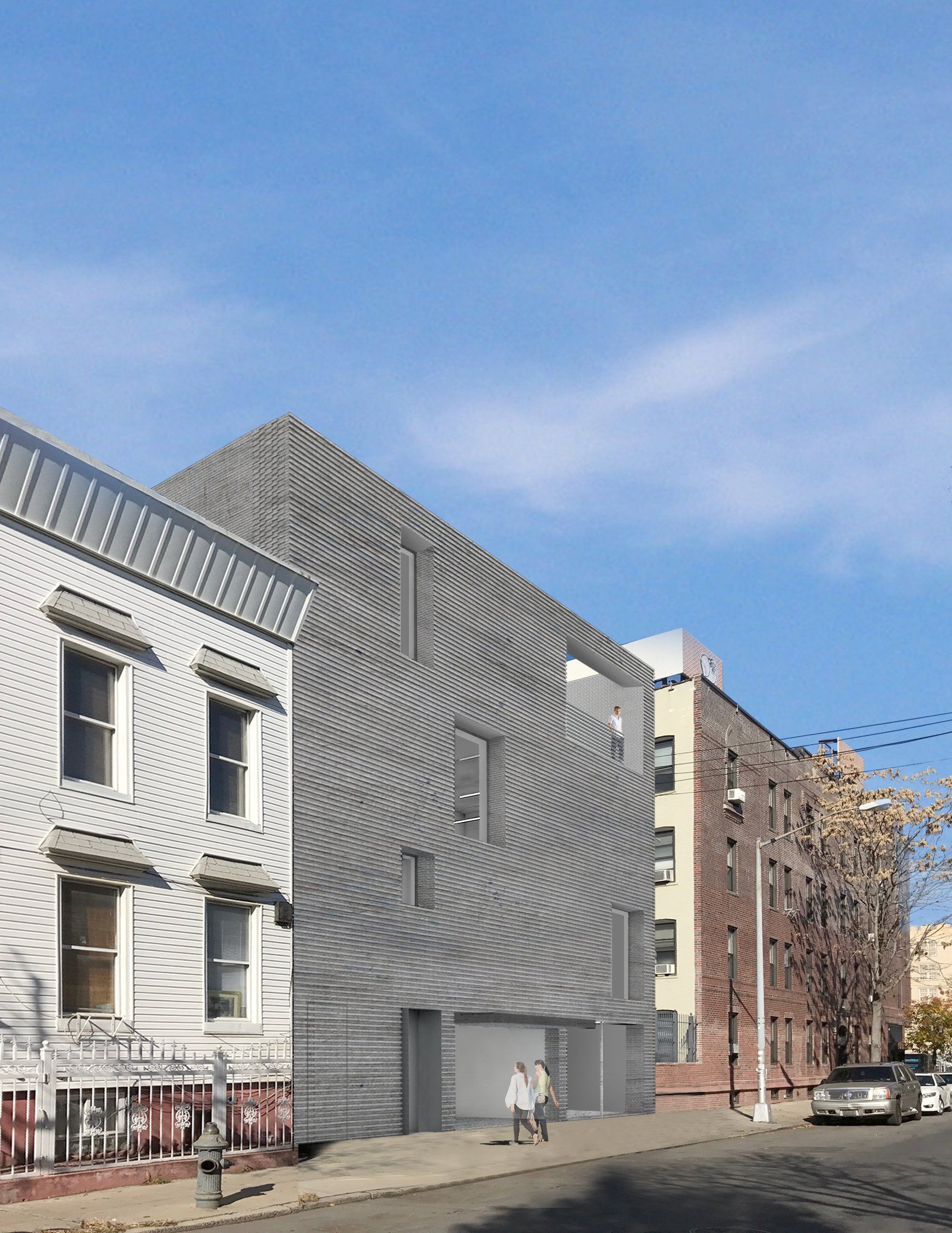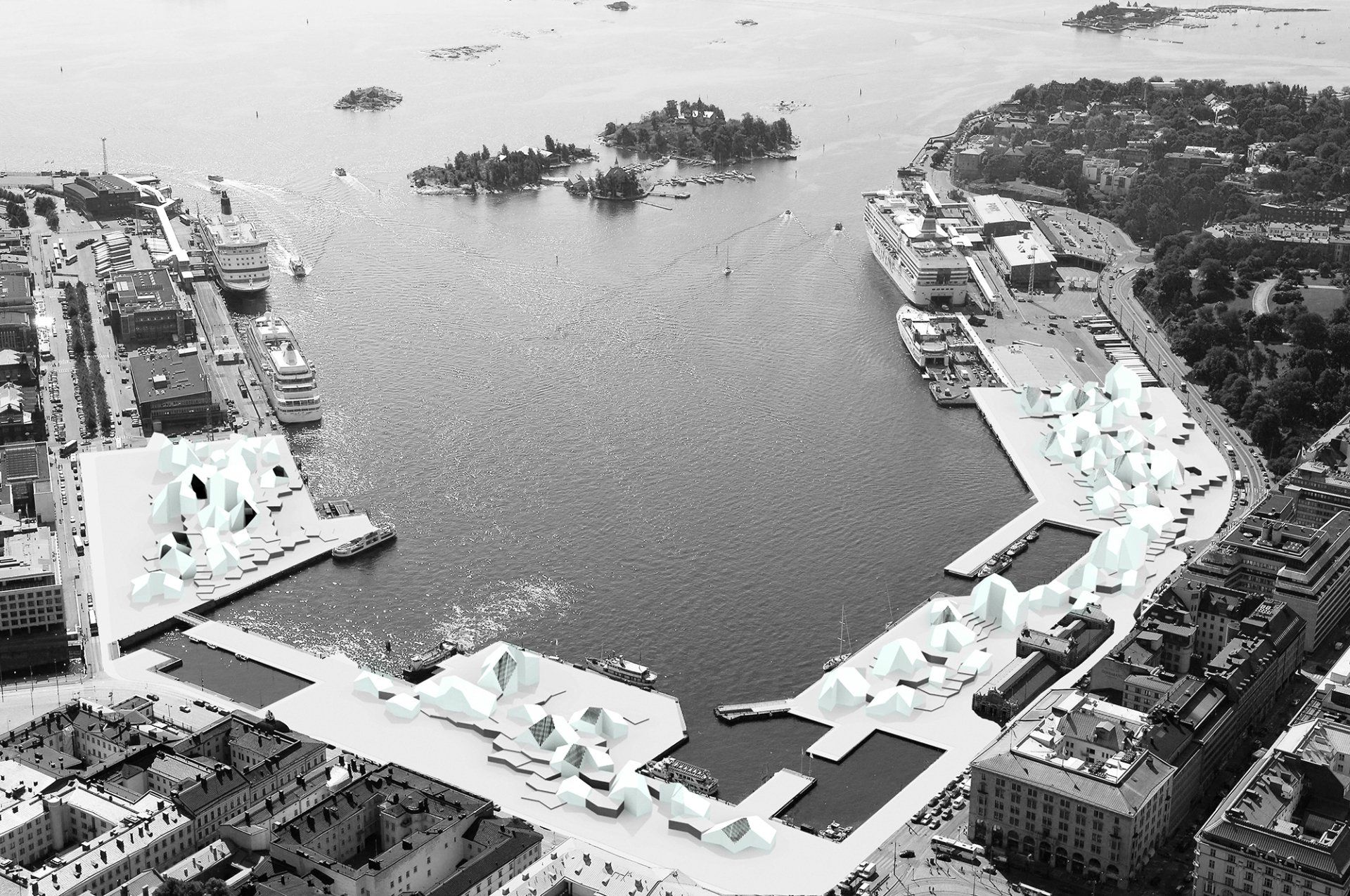
Slide title
Write your caption hereButton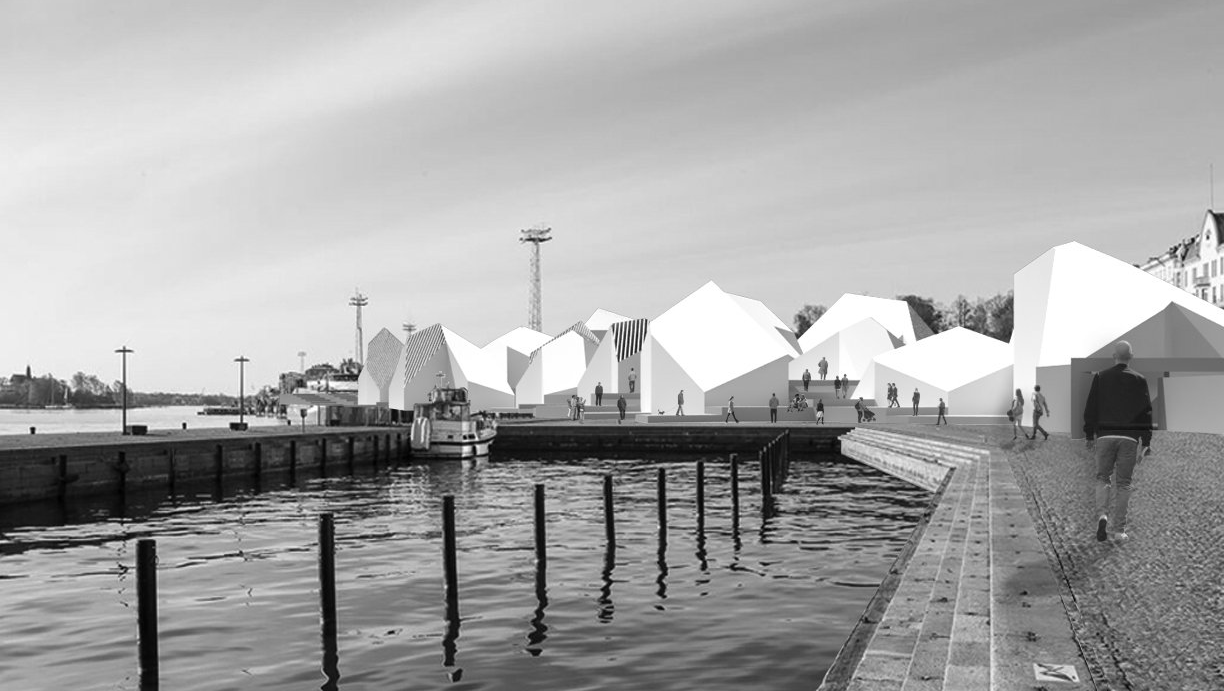
Slide title
Write your caption hereButton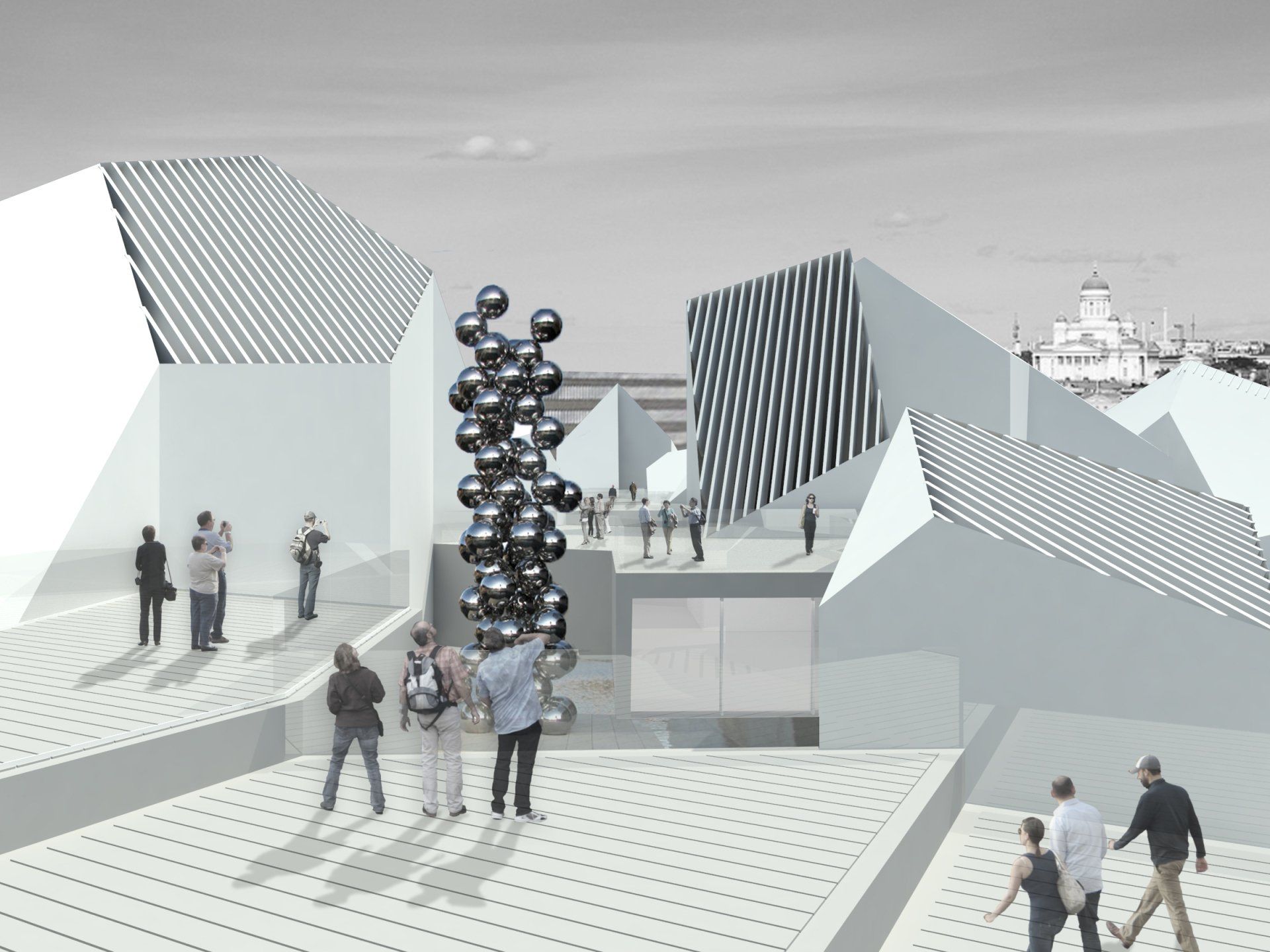
Slide title
Write your caption hereButton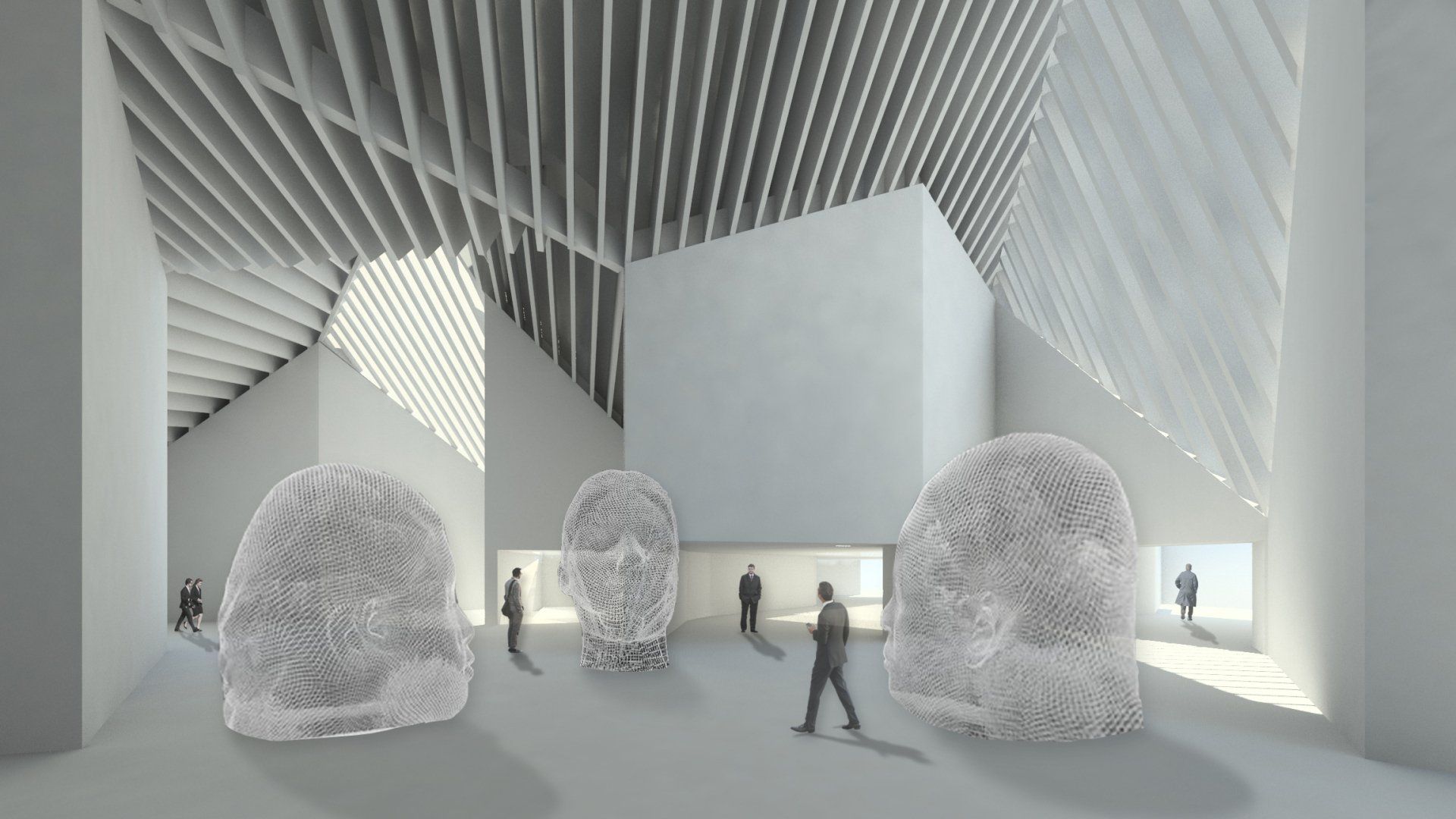
Slide title
Write your caption hereButton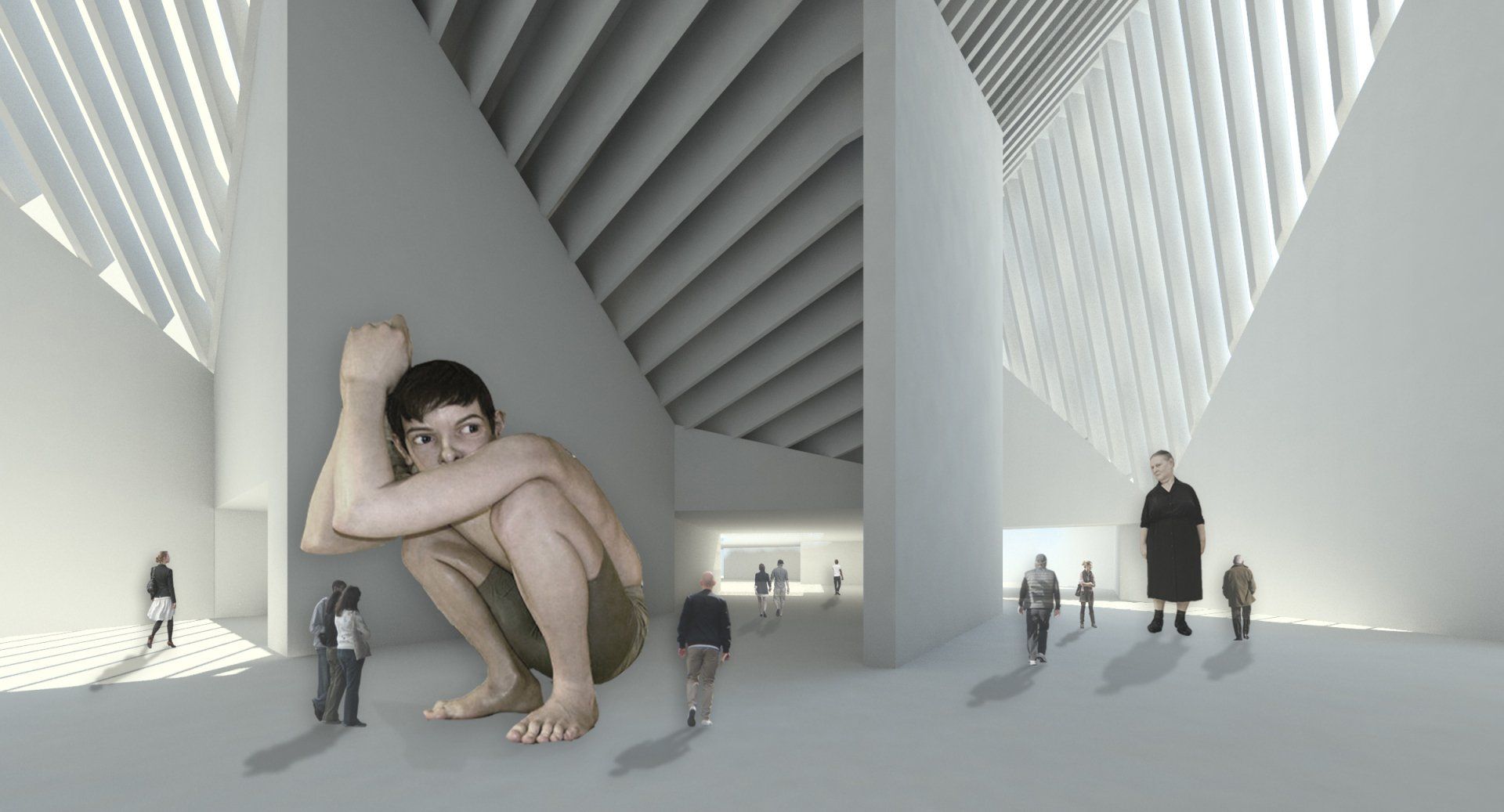
Slide title
Write your caption hereButton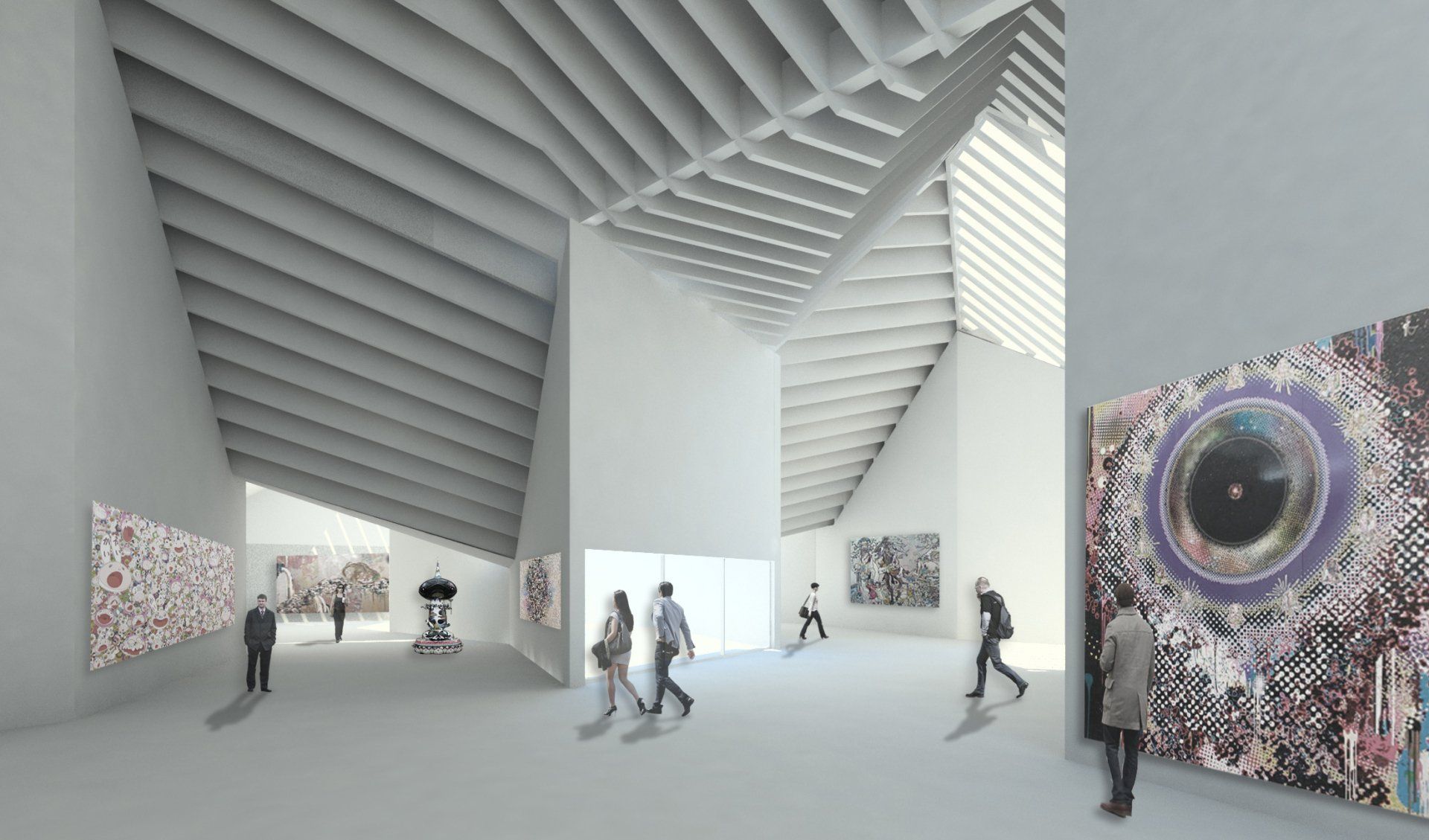
Slide title
Write your caption hereButton
Guggenheim Museum
Helsinki, Finland
in collaboration with Jorge Aguirre
The project is defined by a series of archipelagos of gallery spaces that are encompassed by a public platform. Each archipelago occupies a strategic area of the port and defines a series of public spaces for the city. Together, the chain of gallery spaces form a unified intervention for the entire port. At the same time, they define more localized clusters that address the specificity of their programmatic and spatial requirements as well as their physical context.
Formally, the project explores the use of a system that would provide unity to a single intervention while still allowing the adaptation and alteration of its components to address the specificities required by the museum and to provide each of its parts a certain degree of freedom to transform to the specificity of its location.
Each cluster of gallery spaces can function independently as an isolated exhibition space or as part of a museum-wide exhibition.
Based on a decentralized system of access and control, we propose the Guggenheim to adopt the iTunes model to museum ticketing: Giving visitors the flexibility to pay only for the exhibit they want to see, without having to explore the entire museum.
Tell us about your project
We’d love to hear from you. Call us at 347-634-2083 or click the button to send a message.


